Home>Home Appliances>Home Automation Appliances>What Doorbells Work With Alexa
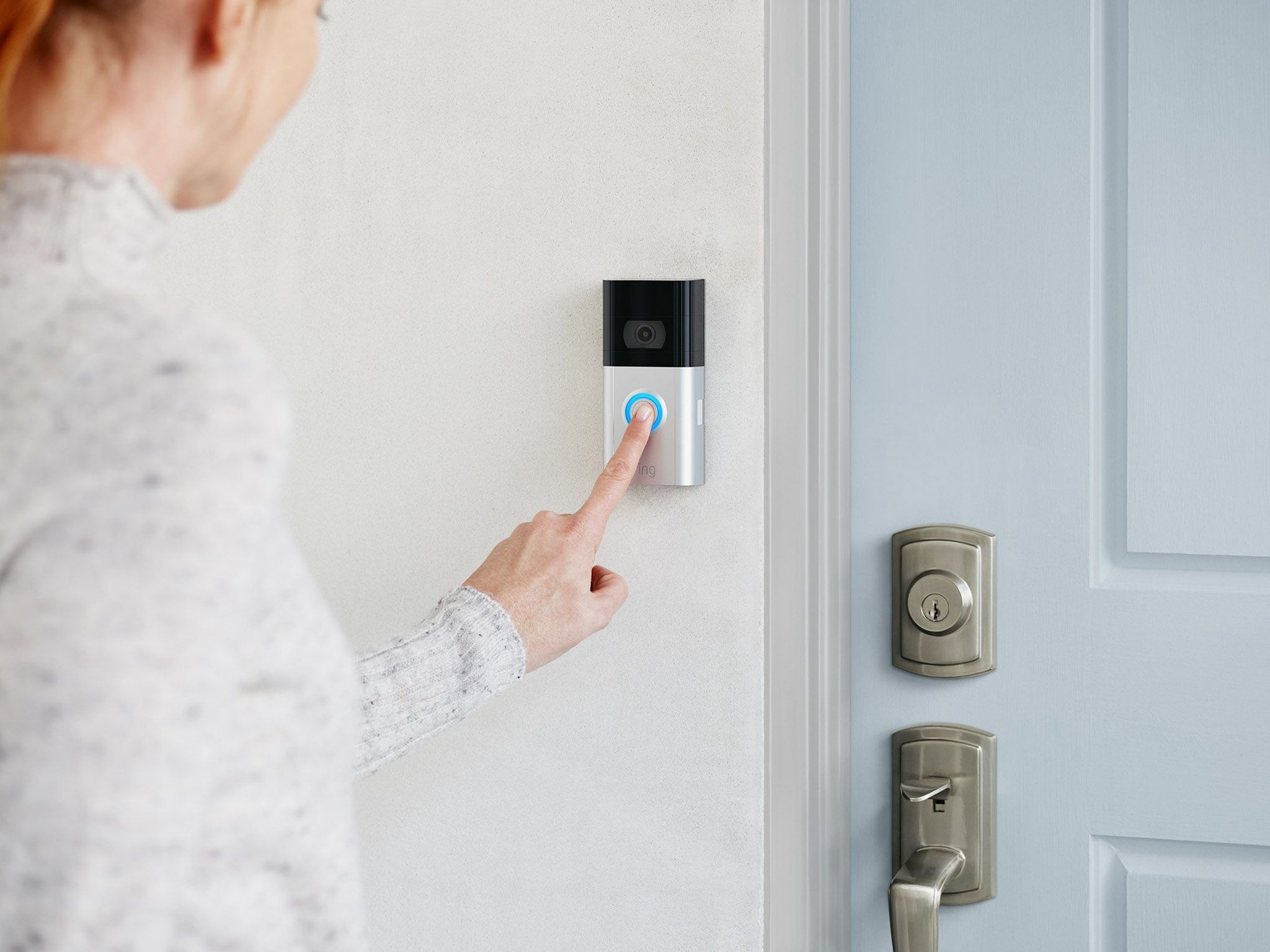

Home Automation Appliances
What Doorbells Work With Alexa
Modified: February 22, 2024
Looking for doorbells that work with Alexa? Explore our selection of home automation appliances and find the perfect fit for your smart home setup.
(Many of the links in this article redirect to a specific reviewed product. Your purchase of these products through affiliate links helps to generate commission for Storables.com, at no extra cost. Learn more)
Introduction
Welcome to the world of smart home living, where convenience and security are just a voice command away. As technology continues to evolve, so does the way we interact with our homes. One such innovation that has revolutionized the way we perceive home security and convenience is the integration of doorbells with virtual assistants like Amazon’s Alexa.
With an Alexa-compatible doorbell, you can seamlessly monitor your front door, receive notifications, and even interact with visitors, all through the power of voice commands. This article aims to provide a comprehensive guide to understanding Alexa-compatible doorbells, popular options available in the market, the process of connecting them to Alexa, and troubleshooting tips to ensure a seamless experience.
Whether you’re a tech enthusiast looking to upgrade your home with the latest smart devices or someone who values the convenience and security that these innovations offer, this article will equip you with the knowledge to make informed decisions and maximize the potential of your smart home ecosystem.
Key Takeaways:
- Embrace the future of home security and convenience by connecting an Alexa-compatible doorbell. Monitor your front door, communicate with visitors, and automate routines with intuitive voice commands and seamless integration.
- Choose from popular options like Ring, Nest, Arlo, and Eufy to find a smart doorbell that suits your specific security and convenience needs. Seamlessly connect it to Alexa for a transformative smart home experience.
Read more: What Speakers Work With Alexa
Understanding Alexa-Compatible Doorbells
Before delving into the specifics of Alexa-compatible doorbells, it’s essential to grasp the underlying technology and functionality that make these devices a valuable addition to your smart home. Alexa-compatible doorbells, also known as smart doorbells, are designed to seamlessly integrate with Amazon’s virtual assistant, Alexa, leveraging its capabilities to enhance home security and convenience.
These smart doorbells are equipped with advanced features such as high-definition cameras, two-way audio communication, motion detection, and real-time notifications. By connecting to your home Wi-Fi network, they enable you to monitor your front door remotely and communicate with visitors from anywhere using your smartphone or Alexa-enabled devices.
When a visitor presses the doorbell or triggers the motion sensors, the smart doorbell sends an alert to your connected devices, allowing you to see and speak to the visitor in real time. This not only provides a sense of security but also offers the convenience of remotely accepting deliveries or communicating with guests when you’re not physically present at home.
Integration with Alexa further expands the functionality of these doorbells. You can use voice commands to check the live feed from the doorbell camera on your Echo Show or Fire TV, receive announcements when someone is at the door, or even use Alexa routines to automate actions based on doorbell events, such as turning on lights when motion is detected.
It’s important to note that the seamless integration between Alexa and these doorbells simplifies the user experience, making it accessible to individuals of varying technical expertise. The intuitive nature of voice commands and the Alexa app interface enhances the overall usability, catering to a wide range of users.
By understanding the capabilities of Alexa-compatible doorbells, you can make informed decisions when choosing the right device for your home, ensuring that it aligns with your specific security and convenience needs.
Popular Alexa-Compatible Doorbells
When it comes to choosing an Alexa-compatible doorbell, there are several reputable options that offer a blend of advanced features, seamless integration with Alexa, and reliable performance. Here are some popular choices that have garnered acclaim for their functionality and user satisfaction:
- Ring Video Doorbell: Ring, a subsidiary of Amazon, offers a range of video doorbells that seamlessly integrate with Alexa. The Ring Video Doorbell features HD video, two-way talk, motion-activated notifications, and compatibility with Alexa devices. With options for battery-powered or hardwired installation, the Ring Video Doorbell provides flexibility to suit various home setups.
- Nest Hello: Developed by Nest, a subsidiary of Google, the Nest Hello video doorbell is known for its crisp video quality, intelligent motion detection, and facial recognition capabilities. When connected to Alexa, users can receive alerts and stream live video on Alexa-enabled screens, enhancing the overall monitoring experience.
- Arlo Video Doorbell: The Arlo Video Doorbell offers a wide field of view, motion detection, and night vision, ensuring comprehensive coverage of your entryway. With Alexa integration, users can use voice commands to access the doorbell’s features, adding a layer of convenience to their smart home setup.
- Eufy Security Video Doorbell: Eufy’s video doorbell boasts features such as 2K resolution, human detection, and local storage options. Its compatibility with Alexa allows users to check the doorbell feed on Alexa devices and receive announcements when activity is detected, enhancing home security and convenience.
These are just a few examples of the diverse range of Alexa-compatible doorbells available in the market. Each option offers unique features and benefits, catering to different preferences and requirements. Whether you prioritize video quality, advanced motion detection, or seamless Alexa integration, there’s a smart doorbell that aligns with your specific needs.
Before making a purchase, it’s advisable to research the features of each doorbell, read user reviews, and consider factors such as installation requirements and compatibility with your existing smart home ecosystem. By doing so, you can make an informed decision and select a doorbell that seamlessly integrates with Alexa while meeting your security and convenience expectations.
When looking for a doorbell that works with Alexa, make sure it is compatible with the Alexa app and has the “Works with Alexa” certification. This ensures seamless integration and control through your Alexa device.
How to Connect Your Doorbell to Alexa
Connecting your Alexa-compatible doorbell to Amazon’s virtual assistant is a straightforward process that enhances the functionality and accessibility of your smart home devices. By integrating your doorbell with Alexa, you can leverage voice commands and Alexa-enabled devices to monitor your front door, receive notifications, and interact with visitors seamlessly. Here’s a step-by-step guide to connecting your doorbell to Alexa:
- Check Compatibility: Before proceeding, ensure that your smart doorbell is compatible with Alexa. Most reputable manufacturers provide detailed instructions on compatibility and integration with Alexa on their websites and product documentation.
- Install the Doorbell: Follow the manufacturer’s instructions to install and set up your Alexa-compatible doorbell. Whether it’s a wired or battery-powered installation, ensure that the doorbell is connected to your home Wi-Fi network and functioning properly before proceeding to the Alexa integration.
- Open the Alexa App: On your smartphone or tablet, open the Alexa app and navigate to the “Devices” tab. Tap on “Add Device” to initiate the process of adding your doorbell to the Alexa ecosystem.
- Select Doorbell Category: In the device setup process, choose the appropriate category for your doorbell, such as “Camera” or “Doorbell.” This ensures that Alexa recognizes and configures the device correctly for seamless integration.
- Discover Devices: Allow the Alexa app to discover your doorbell. Depending on the manufacturer’s instructions, this may involve pressing a specific button on the doorbell to initiate the discovery process.
- Follow Setup Prompts: Once the doorbell is discovered, follow the setup prompts in the Alexa app to complete the integration. This may involve naming the device, assigning it to a specific room, and configuring preferences for notifications and announcements.
- Test the Integration: After the setup is complete, test the integration by using voice commands to check the live feed from the doorbell camera on your Alexa-enabled devices. You can also customize Alexa routines to automate actions based on doorbell events, such as triggering smart lights or announcing visitor arrivals.
By following these steps, you can seamlessly connect your Alexa-compatible doorbell to Amazon’s virtual assistant, unlocking a range of voice-activated capabilities and enhancing the overall functionality of your smart home ecosystem.
Troubleshooting Alexa-Compatible Doorbells
While Alexa-compatible doorbells are designed to offer seamless integration and reliable performance, occasional technical issues may arise. Understanding common troubleshooting steps can help you address these issues effectively, ensuring that your smart doorbell functions optimally within your Alexa-enabled smart home environment. Here are some troubleshooting tips to consider:
- Check Wi-Fi Connectivity: Ensure that your doorbell is connected to a stable Wi-Fi network with sufficient signal strength. Poor connectivity can lead to intermittent performance and connectivity issues with Alexa. Consider relocating your router or installing a Wi-Fi extender to improve signal coverage near the doorbell.
- Update Firmware and Software: Regularly check for firmware updates for your doorbell and ensure that the Alexa app and associated skills are up to date. Manufacturers often release updates to address performance issues and enhance compatibility with Alexa and other smart home devices.
- Review Device Settings: Verify that the device settings for your doorbell within the Alexa app are configured correctly. Check the notification preferences, device naming, and room assignments to ensure that Alexa recognizes and interacts with the doorbell as intended.
- Power Cycle the Doorbell: If you encounter connectivity or performance issues, power cycle the doorbell by unplugging it (if applicable) or removing and reinserting the battery. This simple step can resolve temporary glitches and restore normal operation.
- Re-Discover the Device: In the Alexa app, attempt to re-discover the doorbell as a new device. This can refresh the connection and resolve any communication issues between the doorbell and Alexa, especially after firmware updates or network changes.
- Reset and Reconfigure: As a last resort, consider resetting the doorbell to its factory settings and reconfiguring it with Alexa. This should be approached with caution, as it will erase existing settings and require you to set up the device from scratch.
If you encounter persistent issues that cannot be resolved through basic troubleshooting, reaching out to the manufacturer’s support resources or seeking assistance from professional installers and technicians may provide additional insights and solutions tailored to your specific doorbell model and integration with Alexa.
By applying these troubleshooting tips and maintaining proactive oversight of your doorbell’s performance, you can ensure a seamless and reliable experience with your Alexa-compatible doorbell, enhancing the security and convenience of your smart home environment.
Read more: What Products Work With Alexa
Conclusion
As the realm of smart home technology continues to expand, the integration of Alexa-compatible doorbells represents a significant advancement in home security and convenience. By seamlessly connecting your doorbell to Amazon’s virtual assistant, you can harness the power of voice commands and intuitive interactions to monitor your front door, communicate with visitors, and automate smart home routines effortlessly.
Understanding the capabilities and integration process of Alexa-compatible doorbells empowers you to make informed decisions when selecting a device that aligns with your specific needs and preferences. Whether you prioritize advanced camera features, motion detection, or seamless Alexa connectivity, there are diverse options available to cater to your requirements.
Connecting your doorbell to Alexa is a straightforward process that enhances the functionality and accessibility of your smart home ecosystem. By following the integration steps and troubleshooting common issues, you can ensure that your doorbell operates optimally within your Alexa-enabled environment, providing a seamless and reliable experience.
With popular options such as the Ring Video Doorbell, Nest Hello, Arlo Video Doorbell, and Eufy Security Video Doorbell, you have the flexibility to choose a device that complements your home’s security and convenience needs while seamlessly integrating with Alexa.
As you embark on your smart home journey or seek to enhance your existing setup, the integration of an Alexa-compatible doorbell stands as a testament to the transformative potential of technology in redefining the way we interact with our living spaces. Embracing these innovations not only elevates the security and convenience of our homes but also reflects the ongoing evolution of modern living in the digital age.
By embracing the seamless integration of Alexa-compatible doorbells and leveraging the power of voice commands and smart home automation, you are poised to embark on a journey that transcends traditional home living, embracing a future where security and convenience are effortlessly woven into the fabric of everyday life.
Frequently Asked Questions about What Doorbells Work With Alexa
Was this page helpful?
At Storables.com, we guarantee accurate and reliable information. Our content, validated by Expert Board Contributors, is crafted following stringent Editorial Policies. We're committed to providing you with well-researched, expert-backed insights for all your informational needs.


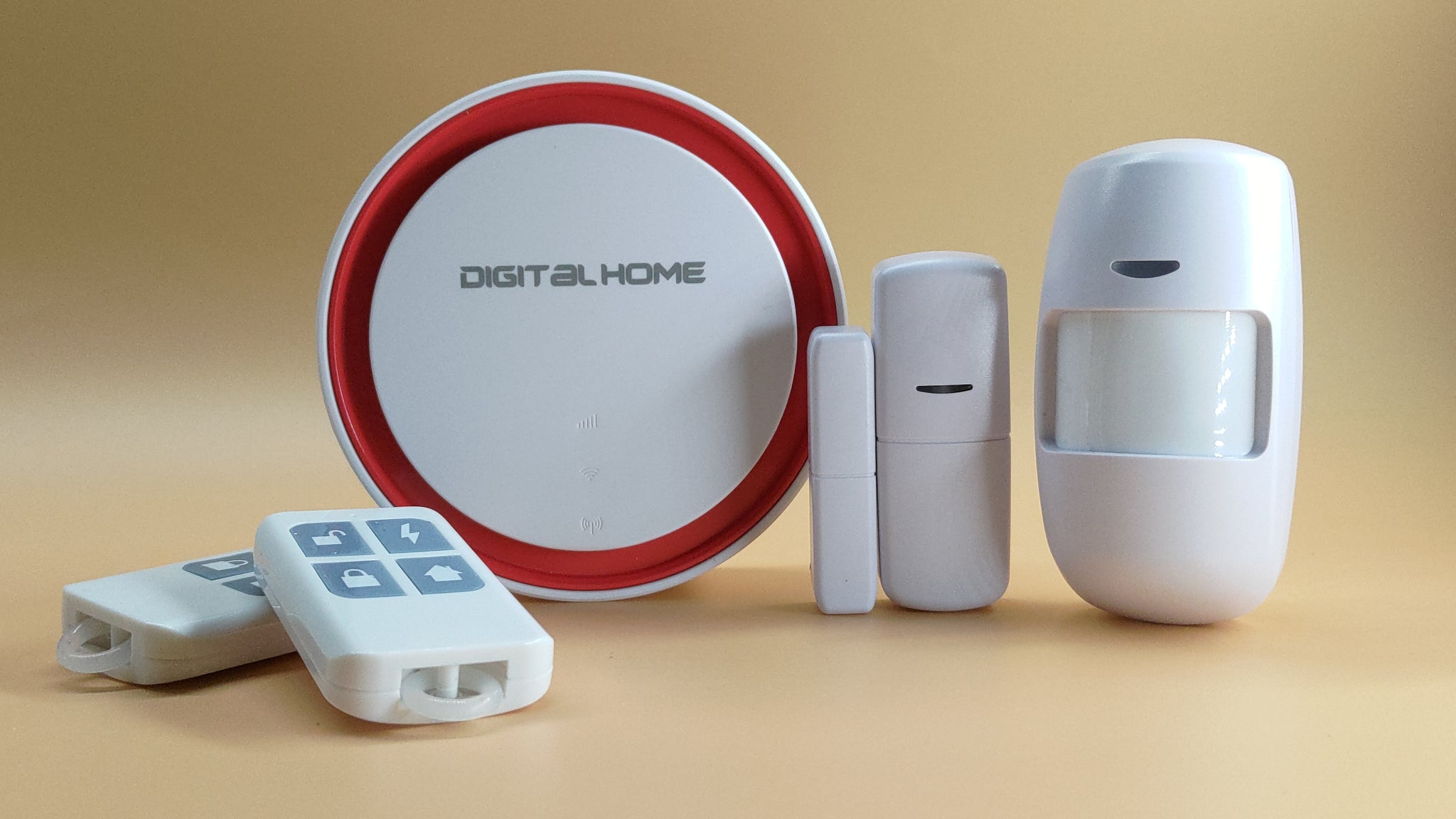
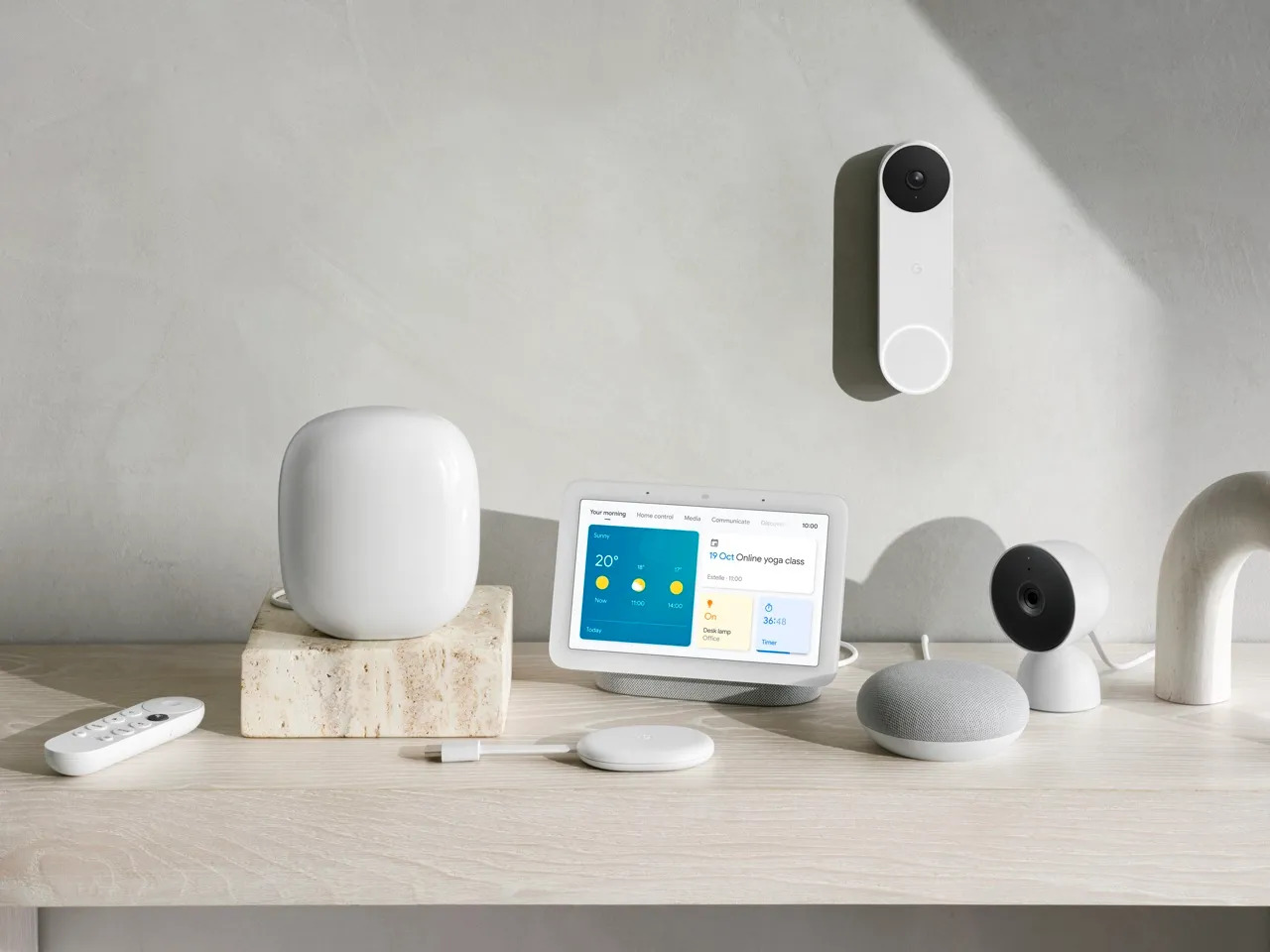
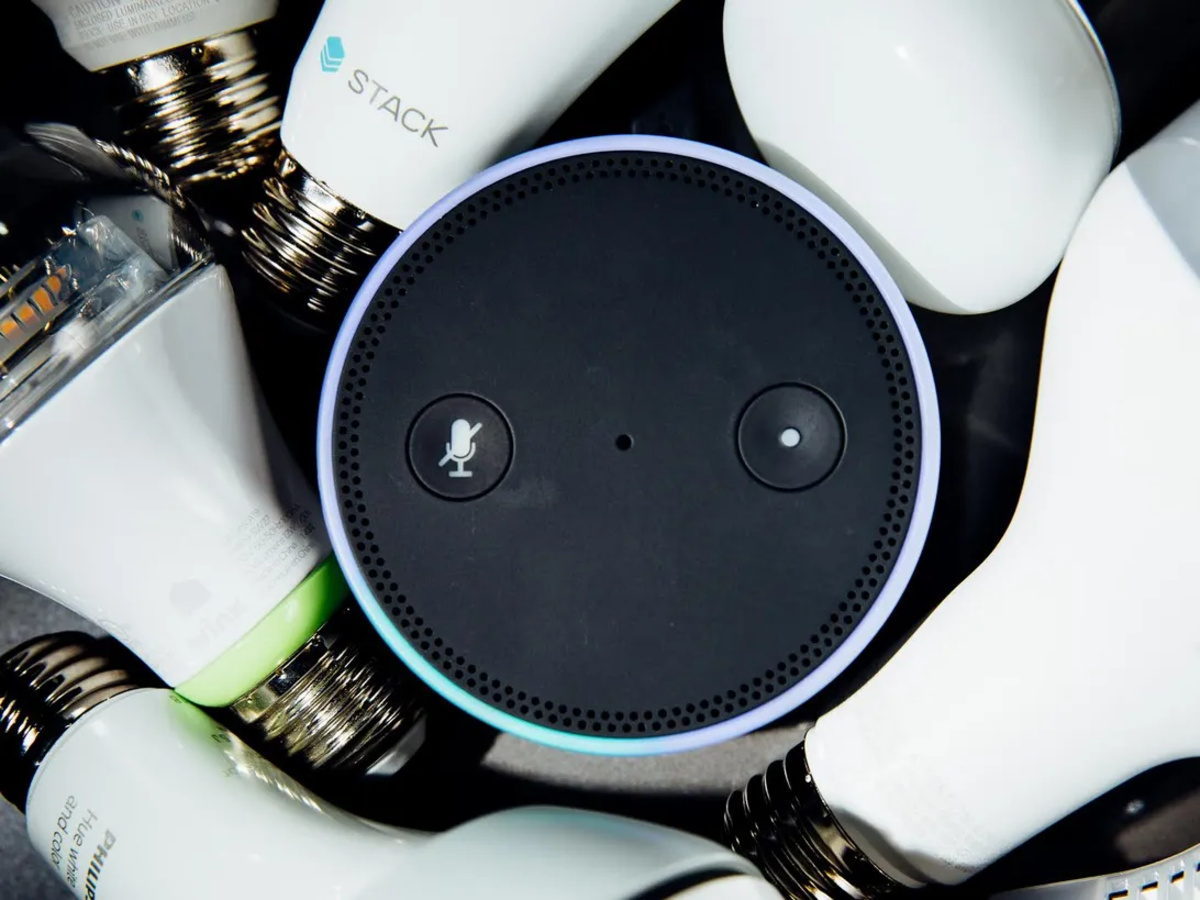
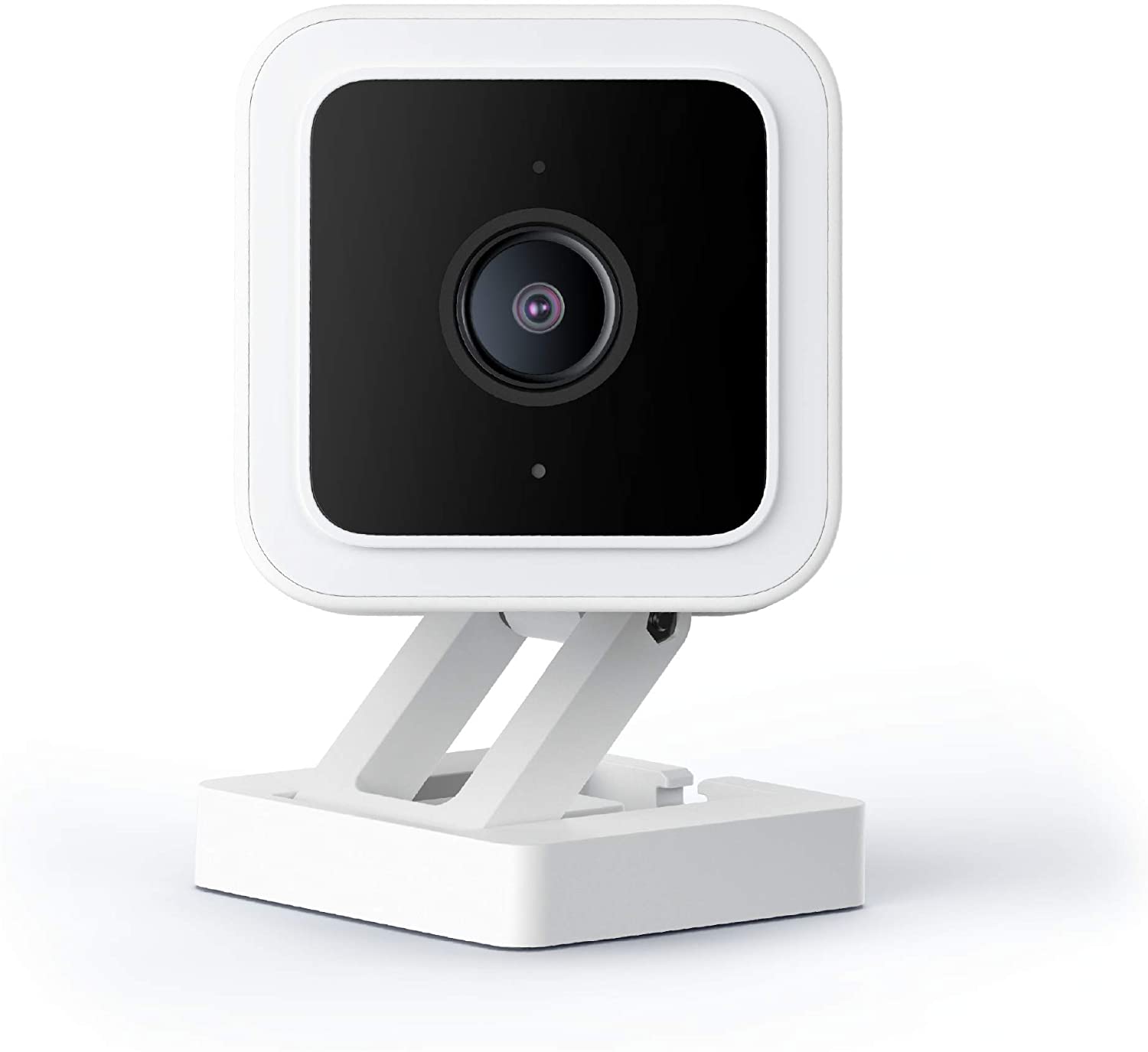
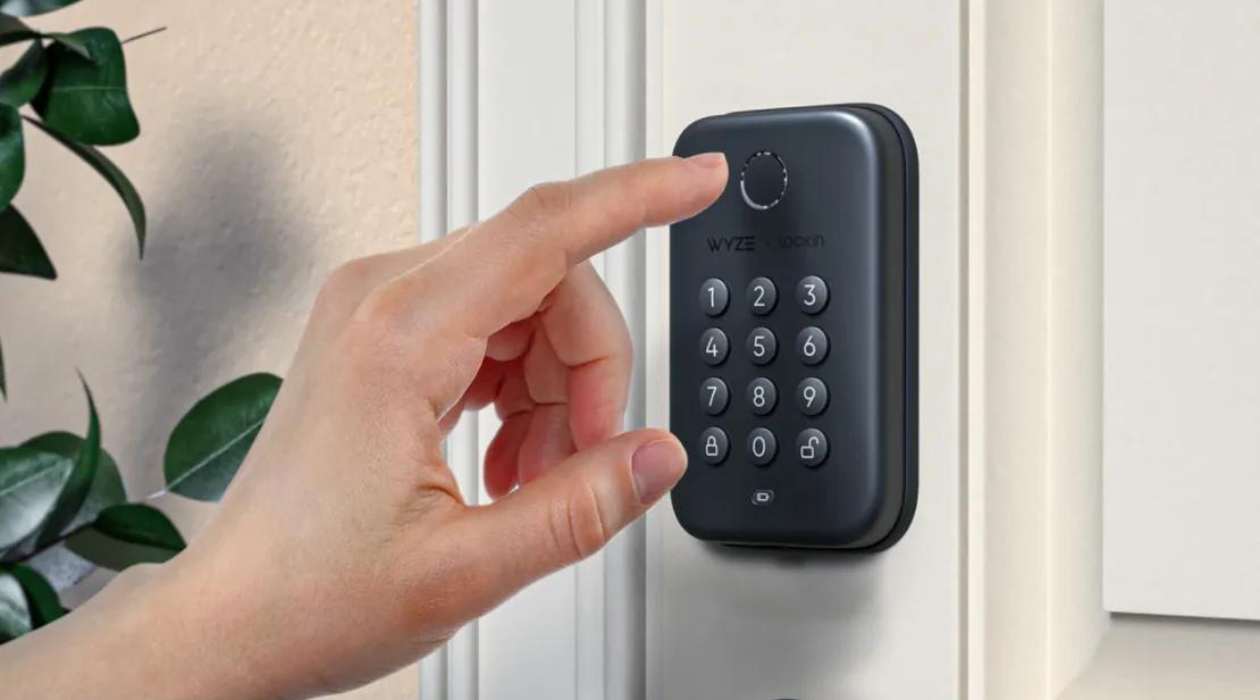
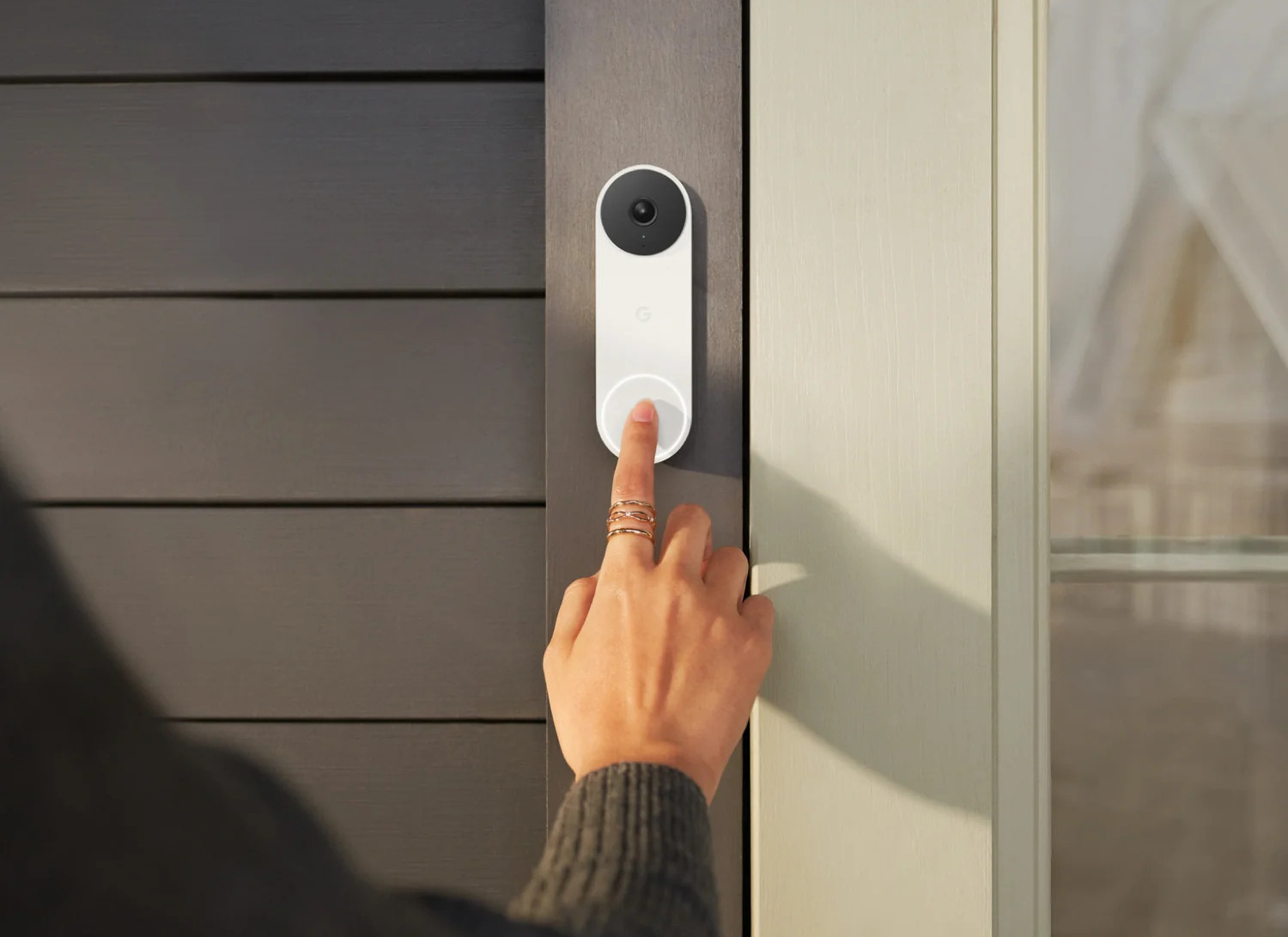
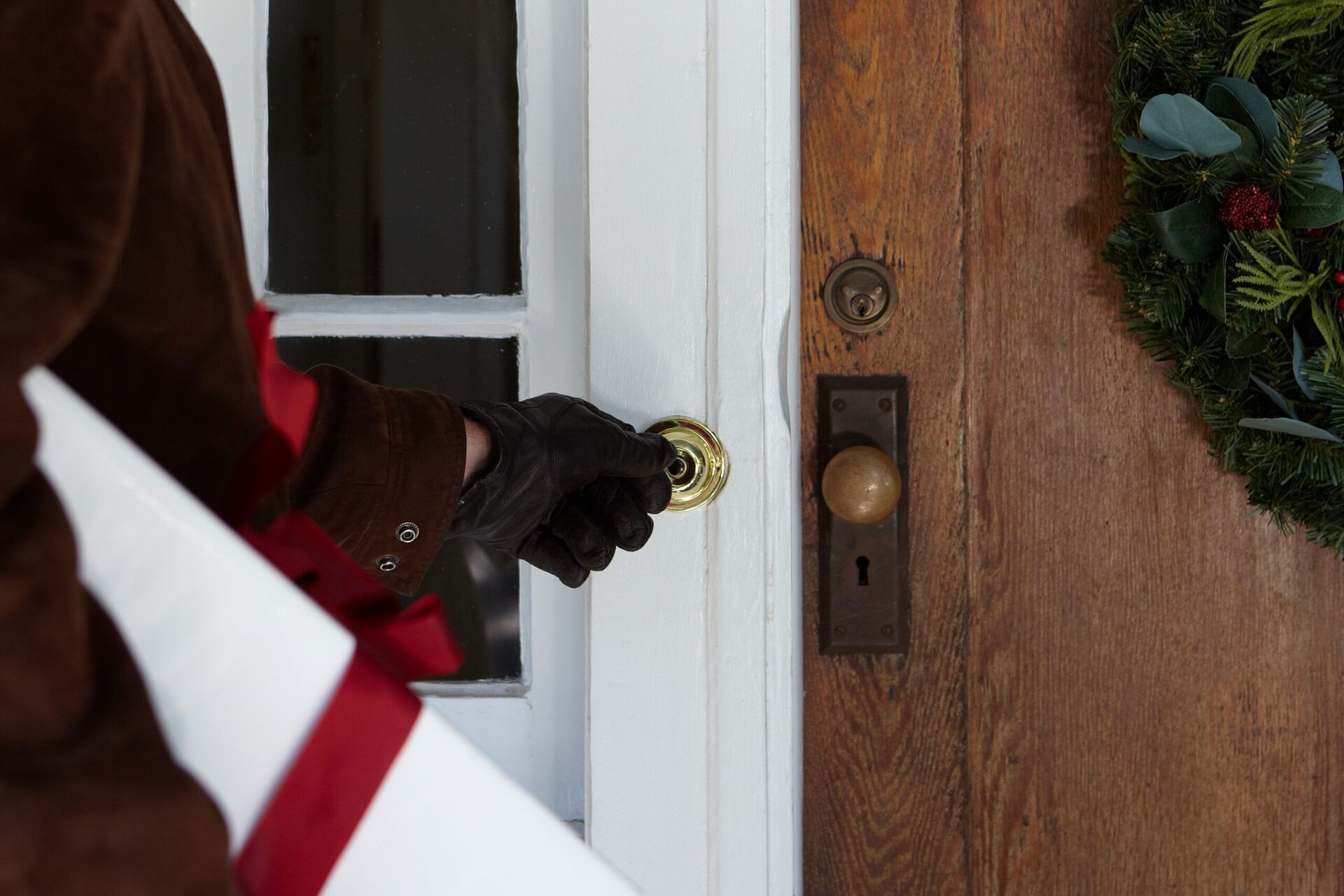
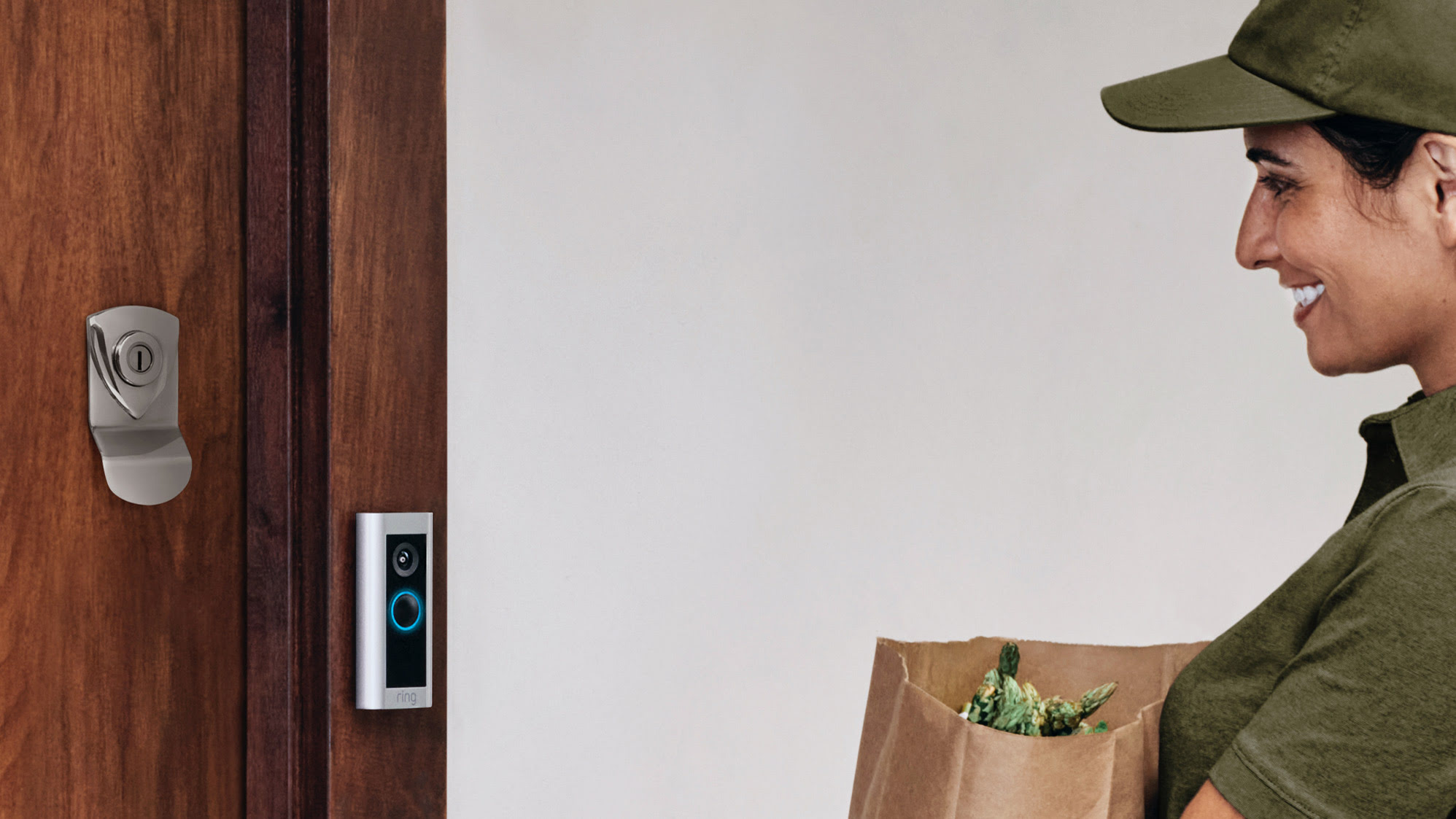
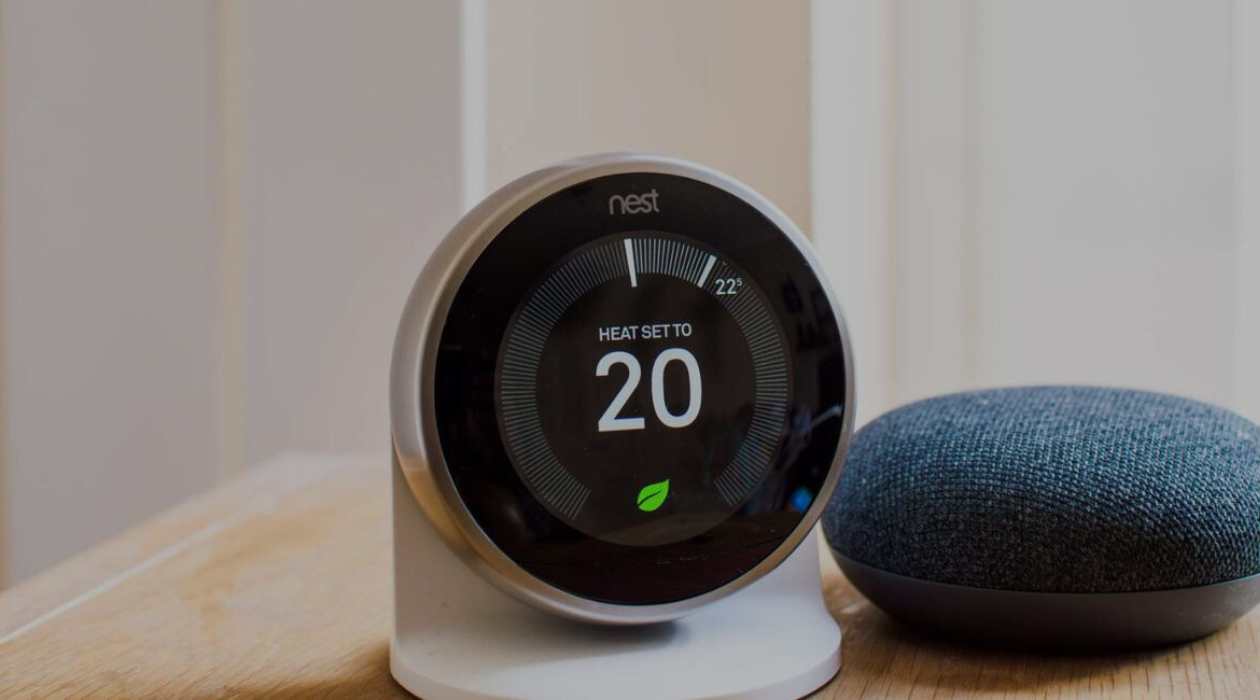
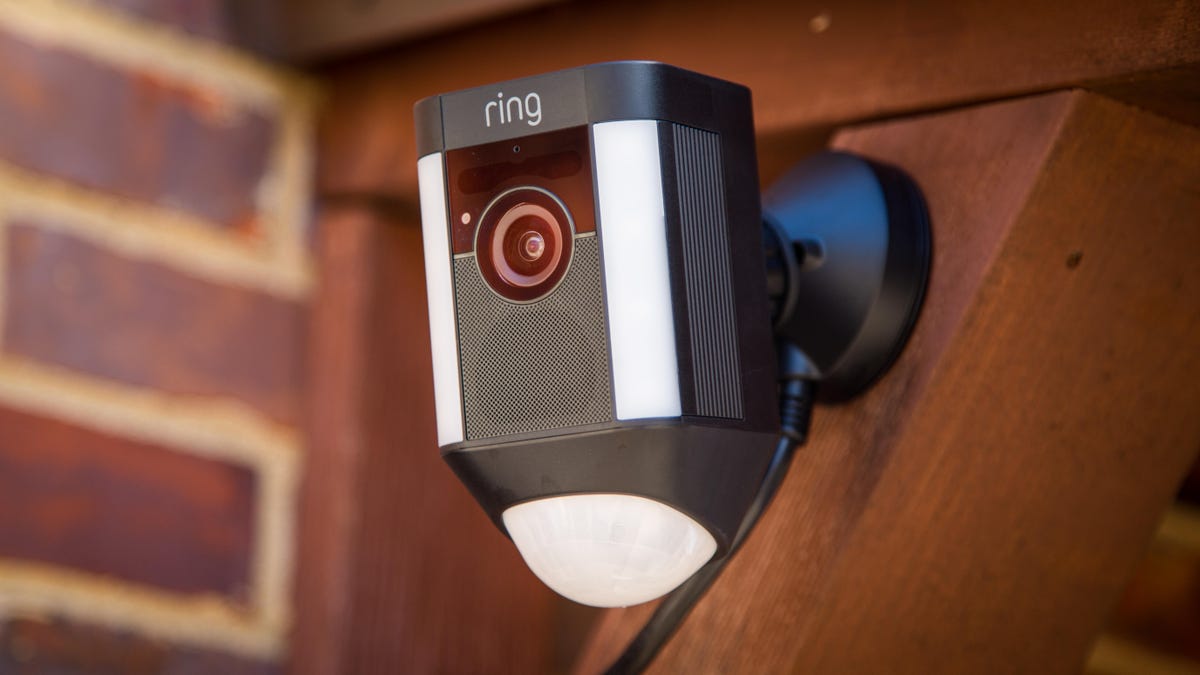
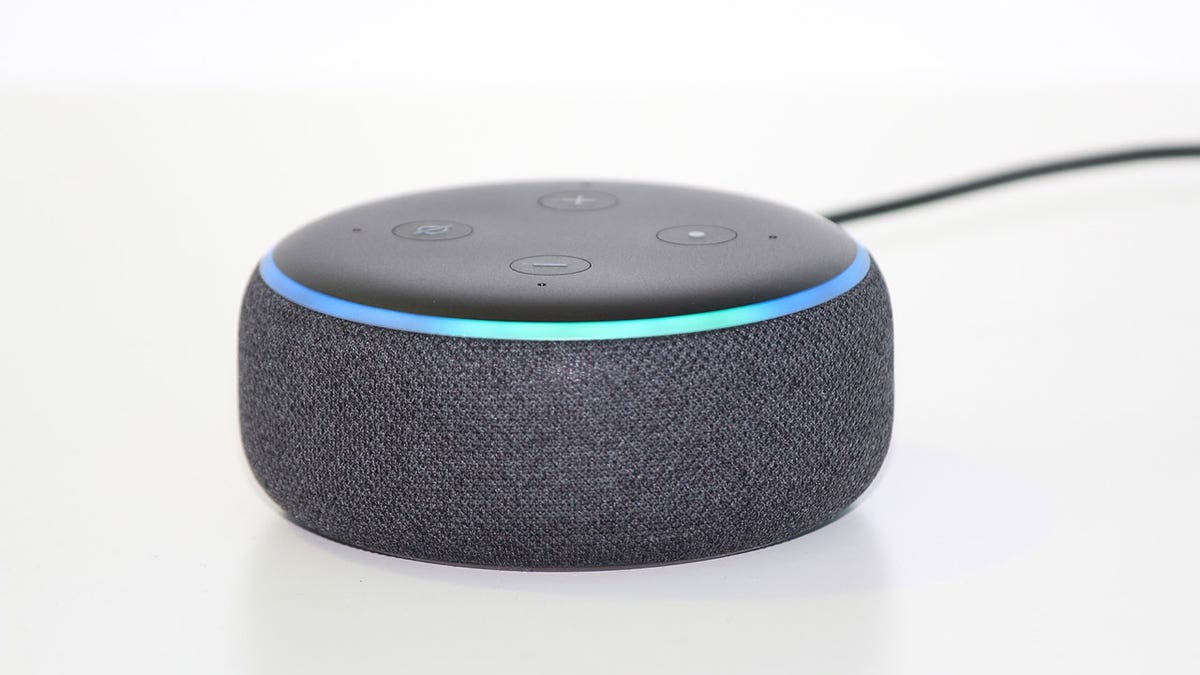
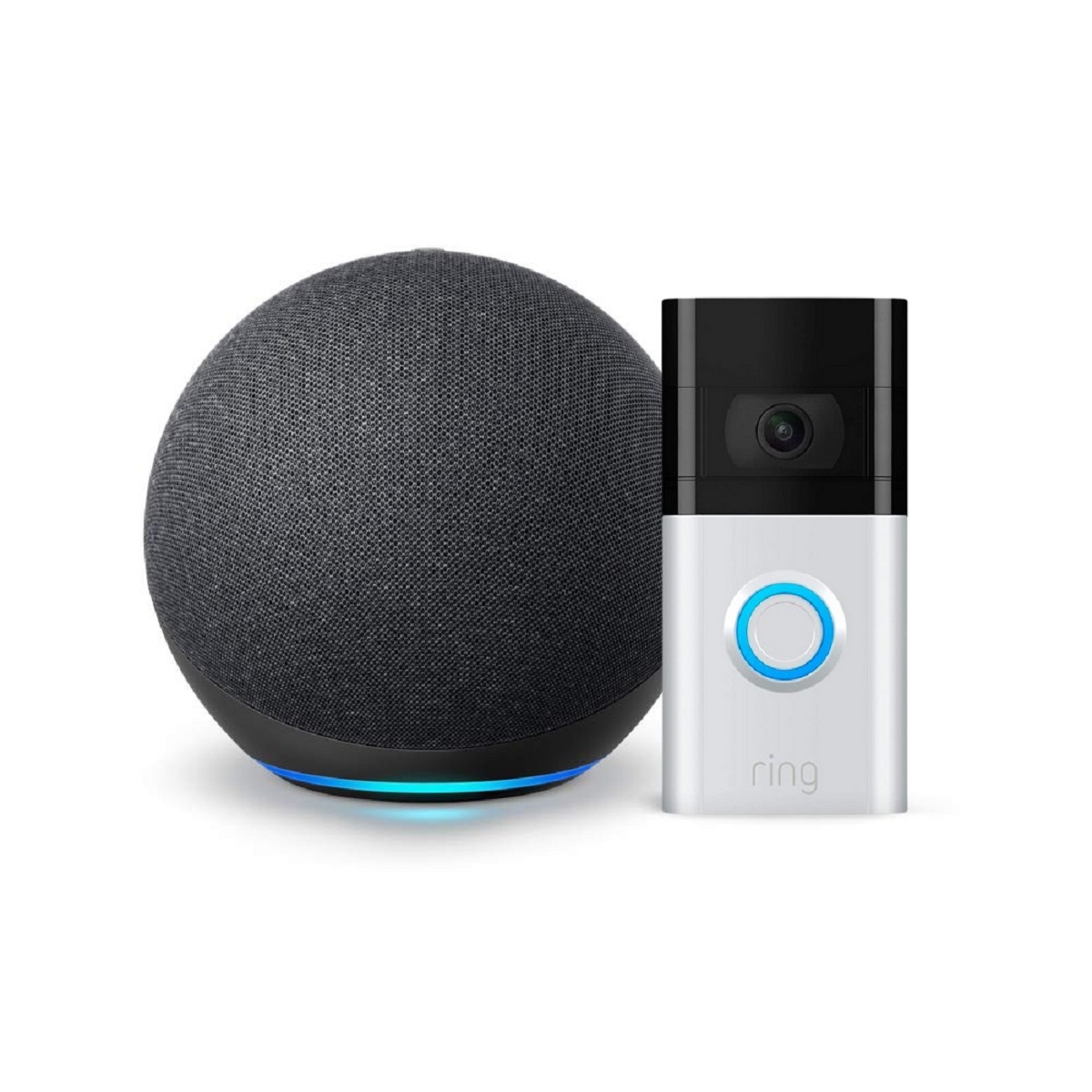

0 thoughts on “What Doorbells Work With Alexa”